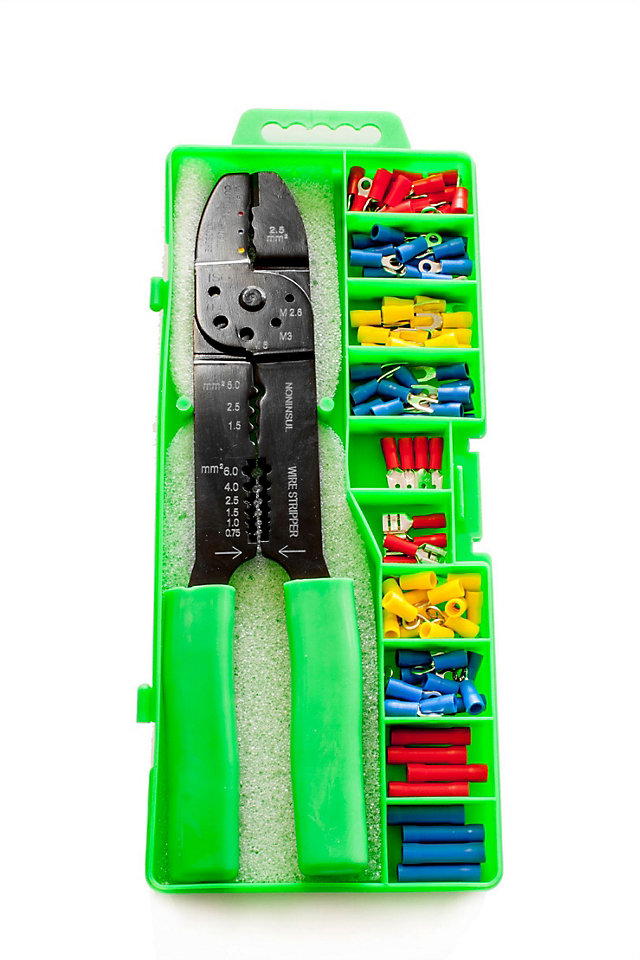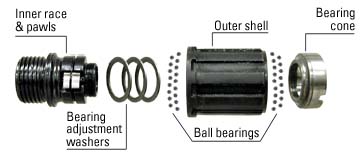The task of cutting grass in the summer is an excuse for many to enjoy the outdoors. For me, I would much rather spend my time lying back with a beer on the cut grass. As such, i would get frustrated with the time an effort required to mow our ~600m² with a regular push motor. I looked into purchasing a ride-on mower and then a robot lawnmower. Comparing the two, there are many more advantages to owning a robot mower, to the point where I dont understand why anyone these days would buy a ride-on lawn mower. It is more effort to set up your garden for a robot mower, but are practically maintenance free after than. Ride-ons require the seasonal maintenance that all small petrol engines require such as changing filters, oil, draining fuel, and so on. Robot lawnmowers require no input from yourself while they mow. Although ride-ons are faster to mow that push mowers, they still require your input to control them. The space taken up by a ride-on in a shed is considerable. Lastly, robot lawnmowers cost has fallen to the point where they are cheaper than ride-ons. Due to all these benefits, I looked into getting my garden robot mowed for the smallest cost possible.

I looked to eBay and found a Flymo 1200r mower listed as broken. It was described as failing to power up. I took a gamble and bought it for ~120e with another ~25e for postage through Parcel Motel
It came a week later along with its power supply and base, instructions and nothing else. I was missing the guide/boundary wire and wire clips and connectors, which was what I expected.
As a first step, I attempted to replicate the sellers issue. I put the mower on the base station, connected the charger, and powered it up. The display on the mower actually lit up and I could access all the menus after I entered in the sellers PIN number. However, when I took the mower off the base station, the power would die. This suggested that it was a battery issue.
I flipped it over and using a hex screwdriver, I removed the access panel. Beneath it was a USB A connector, possibly for firmware upgrades, and a 5 Cell battery pack.
Interestingly, the battery was labelled Husqvarna, the parent company of Flymo. A bit of research online suggested that the Flymo 1200r is just a rebadged Husqvarna with more capable firmware. It would be interesting to see if anyone managed to put a 105 firmware on a cheaper Flymo 1200r.
Pricing a replacement battery, I gave myself a shock (lol). It would cost me ~65e for a new unbranded one.
As I was too cheap to pay for this, I began to look into repairing the one I had. I pealed the tape from the battery pack and measured the voltage across each cell. It should be ~3.7v for li-ion. Two of the cells measured ~0v. I figured I would replace all five cells to keep them balanced. I dismantled an old laptop battery and removed its similar "18650" sized cells. I soldered these in place of the faulty ones in the pack and put the pack back into the mower. The originals are the green cells ones below, the red are the laptop replacement ones. The circuit board is the original Battery Management System (BMS) that ensures that each cell charges and discharges at the same rate as each other.
Unfortunately, the mower would still die when taken off the base station. Dismantling the battery pack again, I discovered that the BMS in the battery pack was not outputting any voltage, even though all the cells were now in working order and sending the pwer to the BMS. This is a safety mechanism of the BMS circuitry. When it detects a faulty cell, like our two found above, it will kill the connection from input and output and call it a day. Some BMS boards allow you to reset them by various methods. Rather than spend the time researching this and perhaps not find a method for my particular board, I bought a similar five cell one off eBay.
I soldered this in, put the battery pack back together again, and stuck it into the mower. It worked!
Next, the blades needed a service so I removed them with a Philips screwdriver and sharpened them on a water stone used for sharpening chisels and knives.
After this, I needed a boundary wire to go around the garden. Lets go back to Amazon and see what they have.
#
Uggh..... 100e for 150m of cable? Yea, no thanks. I went onto eBay and found a fella selling 100m reels of 1.5mm diameter copper cable for 20e. This was for use in wiring in households, but I saw no reason why it would not work as well in the garden. Best of all it was earth cable so it was green to match the grass. I placed an order for 300m worth totalling 60e. When it arrived, I was surprised that two of the reels were blue in colour.
The seller had accidentally mixed up my order and given me two neutral (blue) reels. Right, lets go ahead with this colour anyway- it will keep with the "ghetto" theme.
I bought a cheap crimping tool and connectors in Aldi for around 7e. This allowed me to put two connectors on the end of the boundary wire to connect to the base station and another for the guide wire.

I still needed to make a few electrical connections to connect the cables together. Flymo sell waterproof connector blocks, similar to below.
So did we buy these? Of coarse not: too expensive. As I was in Aldi buying their crimping tool, I bought a roll of their "SOS repair tape" for 5e. This is bitumen tape, similar to the "Denso" tape that is used on outdoor electrical connections and indoor plumbing. I use a standard electrical block connector which I then taped tightly with the Aldi tape.
The "T" connection of the guide wire to the boundary wire was made the same way.
To peg the wire to the ground, I cut a few 8cm snips of fencing wire, bent them into a long "U" and pinned the cable to the ground with them. This allowed me "fine tune" the position of the wire later on to stop the mower getting stuck in some areas or not cutting others.
Once I was happy with the positioning, I read that the cable should bury itself with grass growth after a few months, but I found that not to be the case in all areas. So I went to the trouble of burying it myself. I used a verge edging tool create a thin channel and then pushed the cable about 20mm under the soil with a small stick.
There was a concrete footpath that I had to cross with the boundary cable and guide wire. I used a junior angle grinder with a diamond disk to cut a channel for the cable and then covered it over again with a small bit of mortar.
The Flymo 1200r is supposed to max out at 400m² ,but I found that you could set the working time to nearly 24 hours a day if you wanted to use it in a much larger area, like our 600m².
After all that work, the grass is looking great, and the only maintenance that I have to do is to move the mower if I see it stuck the odd time. It is still going strong for over a year. All for around 220e!

































































